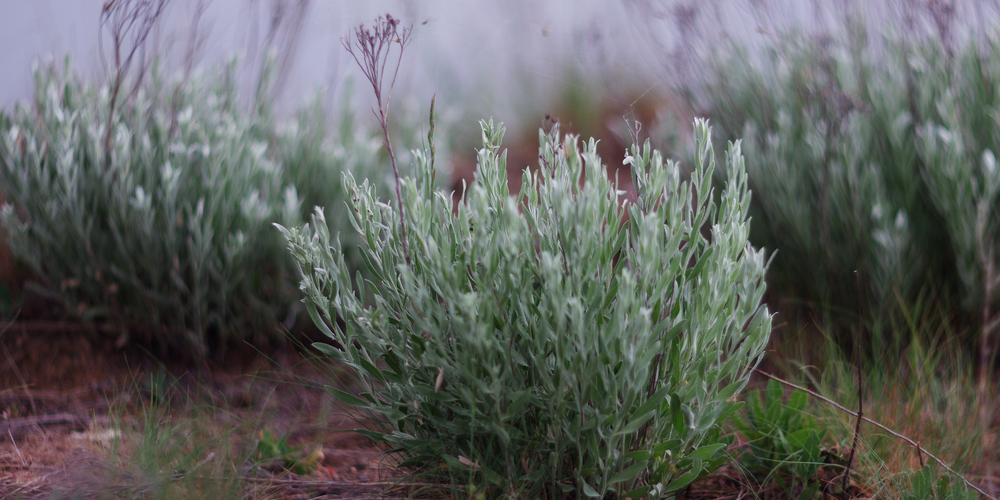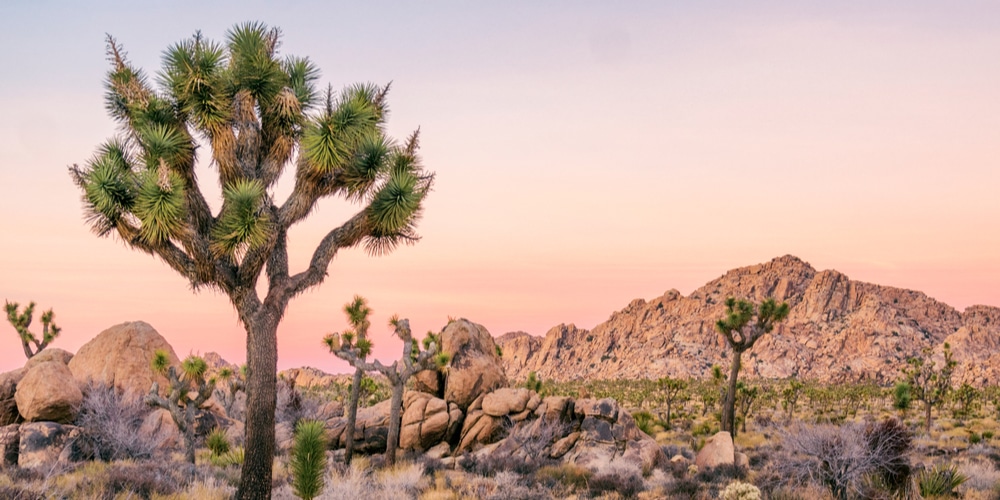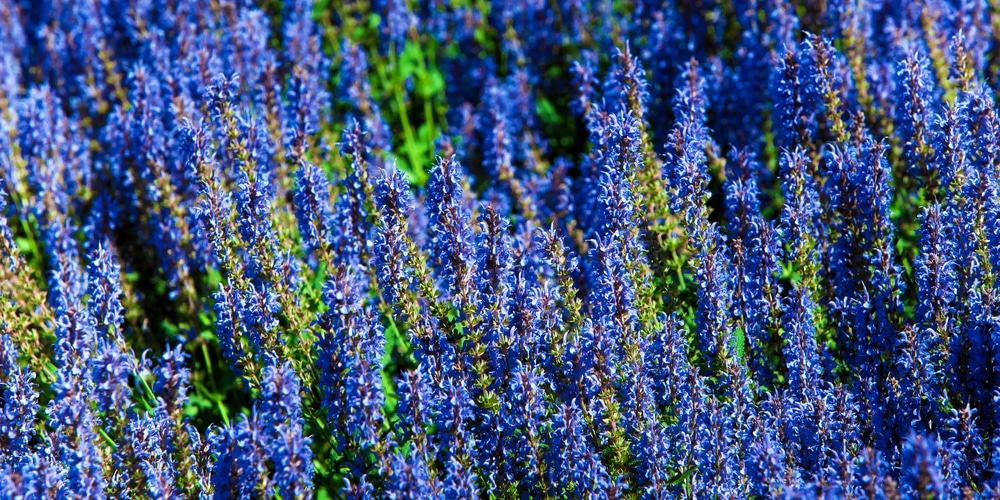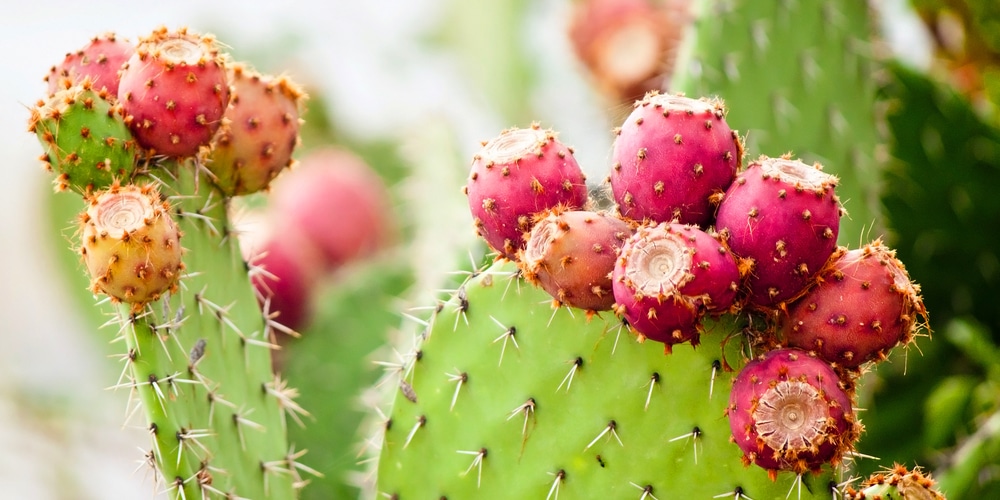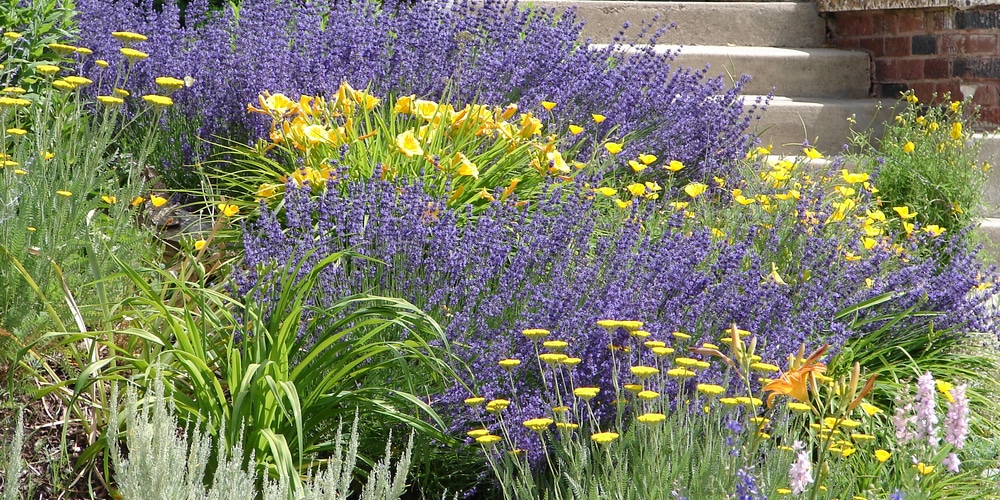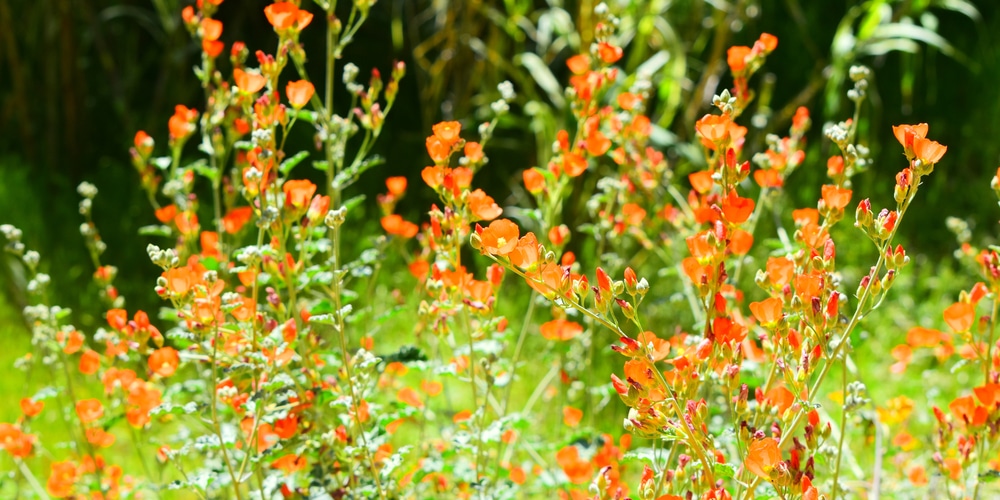In Utah, we are blessed with an abundance of sunshine. However, this also means that our summers can be pretty hot and dry. If you’re looking for plants that can withstand these conditions, you’ll want to choose drought-tolerant varieties.
No one ever said that gardening in a hot, dry climate was easy! For gardeners in Utah and other similarly sunny areas, the climate can be an incredibly challenging obstacle. But there is hope – with the right plants, you can create a beautiful oasis even in the midst of a drought.
With that being said, let’s take a look at 9 of the best drought-tolerant plants you can take care of in your garden.
Drought Tolerant Plants Utah
1) Desert Marigold
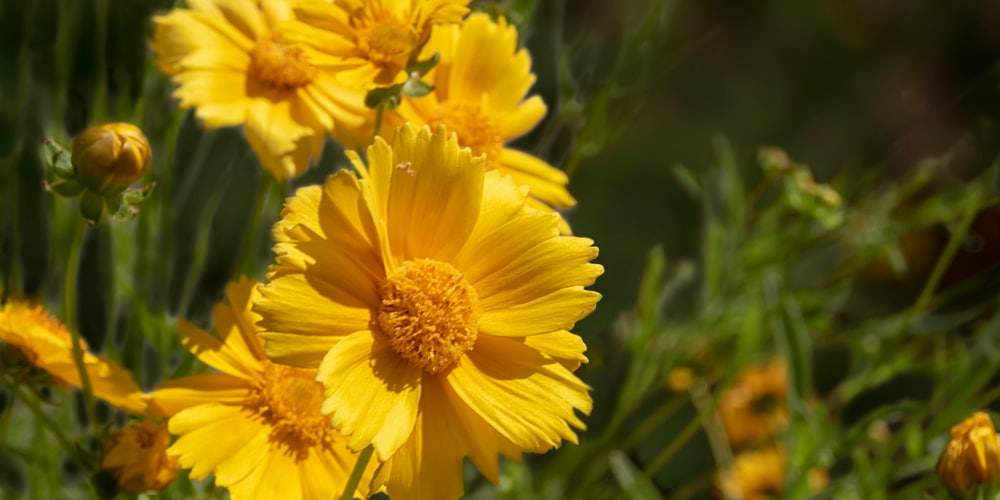
This bright and colorful flower thrives in hot, dry conditions and requires very little maintenance or watering to remain healthy and vibrant. With their bold chartreuse hues and strong stalks, desert marigolds are sure to become a focal point of any sunny outdoor space – no matter how unforgiving the weather may be!
Desert marigold is a beautiful annual that blooms profusely in shades of yellow and orange. It’s perfect for adding color to your garden during the summer months. Additionally, desert marigold is low-maintenance and easy to care for, making it a great option for beginner gardeners.
2) Lavender
Lavender is one of the most popular drought-tolerant plants in Utah, and for a good reason. Its delicate purple flowers bloom throughout the summer and into early fall, lending a soothing scent to any garden.
Plus, this versatile plant thrives in hot, arid climates and requires little maintenance, making it an excellent choice for gardeners in Utah who want to create an easy-to-care-for landscape.
Whether planted as a border around your flowerbeds or tucked into rock gardens, lavender is a stunning addition to any sunny garden.
3) Sagebrush
This hardy shrub is a common sight in the deserts of Utah and Nevada. Its silvery-green leaves are drought tolerant and able to withstand the harsh conditions of hot, dry climates. Additionally, sagebrush is an excellent choice for erosion control and can help stabilize slopes and hillsides.
Over the years, sagebrush has become an increasingly popular choice for landscaping in Utah. Its drought tolerance and low-maintenance requirements make it a great option for busy homeowners who don’t have the time or resources to water frequently.
4) Joshua Tree
Packed with spikey edges, Joshua tree is commonly associated with the Southwest. With its eye-catching silhouette and sturdy branches that spread out in all directions, this resilient plant can thrive even in areas of low rainfall.
Not only does it require little water to stay alive and healthy, but it also provides nutrients for local birds, bees, and pollinators.
In fact, new scientific studies are showing that Joshua tree is especially important for attracting Monarch butterflies migrating from Canada and New England during the colder months.
Growing up to 40 feet tall, Joshua tree is one of the tallest drought-tolerant plants on our list. It’s perfect for adding height and dimension to your garden – not to mention, it’s a beautiful sight to see!
5) Blue Sage
Gracing us with its long stems and abundant clusters of flowers, blue sage is one of the most beautiful drought-tolerant plants you can add to your landscape.
It blooms from early summer through fall, providing your garden with color and interest during the hotter months. These plants are native to the region, thriving in dry regions with bright sunlight and rocky soil.
This hardy perennial is a great choice for both novice and experienced gardeners alike. Plus, it’s tolerant of a wide range of conditions, making it a versatile plant that can be grown in many different types of gardens.
6) Prickly Pear Cactus
A staple of the desert landscape, the prickly pear cactus is one of the most well-known drought-tolerant plants. It’s easily recognizable with its flat, fleshy pads and bright flowers that bloom in the spring and summer.
This hardy plant is an excellent choice for xeriscaping, as it requires little water to survive. In fact, prickly pear cactus can actually help reduce water consumption in your landscape by up to 50%.
Not only is it drought-tolerant, but the prickly pear cactus is also heat tolerant and can withstand temperatures up to 120 degrees Fahrenheit.
7) Yarrow
With its bright yellow flowers, feathery leaves, and sturdy stems, yarrow is simply a stunning addition to any garden. Plus, due to its inherently adaptable nature and low water needs, yarrow can thrive in even the most challenging conditions.
Whether you’re looking for full sun or partial shade, this hard-working plant won’t disappoint!
8) Russian Sage
With its silvery-green leaves and lavender-blue flowers, Russian sage is a beautiful addition to any garden. But its real beauty lies in its ability to thrive in even the driest conditions.
Native to the steppes of Russia and Central Asia, this hardy plant is well adapted to arid climates. It’s also relatively low maintenance, requiring little water or fertilizer once established.
9) Desert Globemallow
This native wildflower native to the Intermountain West features bright fuchsia blossoms that bloom prolifically throughout the summer months. Whether you’re planting it as part of a large native meadow or just a single pop of vibrant color in your flowerbed, desert globemallow is sure to add beauty, vibrancy, and resilience to your garden.
Standing around three feet tall, the desert globemallow is also an excellent choice for adding height and dimension to your landscape. It produces large flowers that are attractive to bees and other pollinators, and this plant blooms profusely from early summer to late fall.
Drought Tolerant Plants Utah: Final Thoughts
When it comes to dealing with drought and lack of water, choosing the right plants is essential. Many plants simply cannot withstand periods of dryness, resulting in stunted growth, wilting, and even death.
However, certain plants are specifically designed to tolerate drought conditions.
If you’re looking for drought-tolerant plants for your Utah landscape, consider adding one (or more!) of the varieties on our list.
From cacti to wildflowers, these hardy plants will add beauty and resilience to your garden. Plus, they’ll help you save water – something that’s always important in arid climates.

